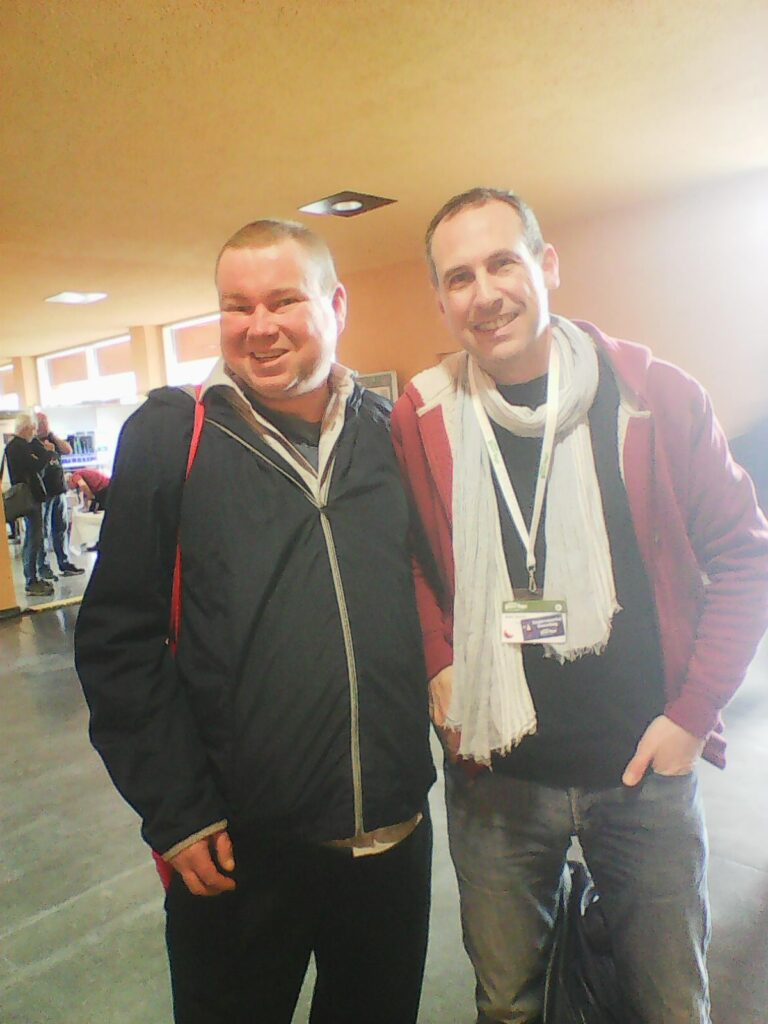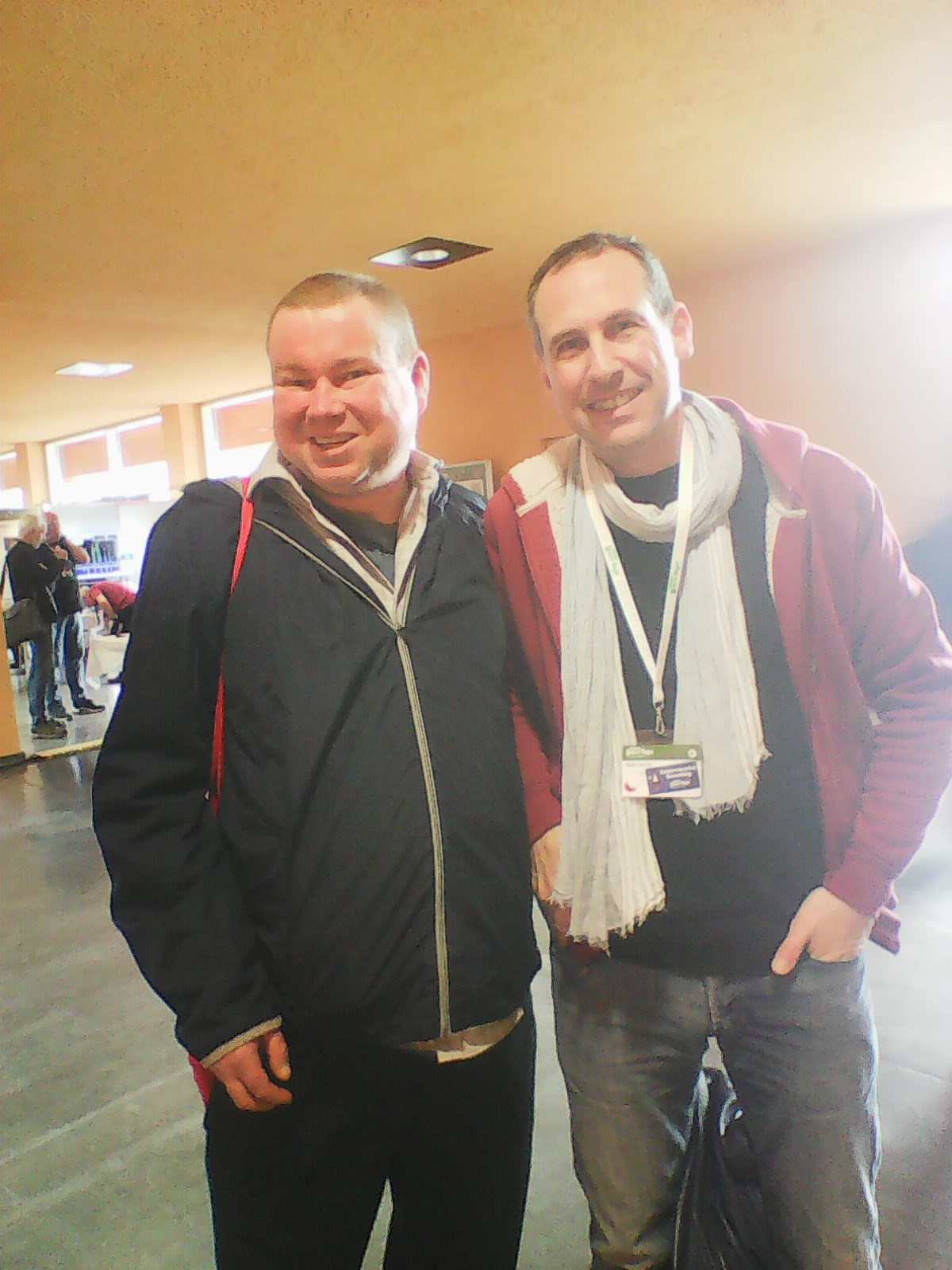My very first Linux distribution was a boxed set of S.u.S.E. which came with a manual I used a lot for my first steps in Linux.
However it was Mandrake Linux 9.2 I fell in love with. Originally Mandrake Linux started out as a fork of the market leader’s distribution RedHat Linux.
Mandrake Linux was originally also on the Paris Stock Exchange but it wasn’t your standard company discounting cashflows etc. but it was a welcoming home for the Linux community as a whole.
Besides selling bundles with proprietary software called “Powerpacks” Mandrake also made money through a club model membership. They even offered a Mandrake Gaming Edition including a copy of “The Sims” or later as Mandriva SA company a complementary copy of “Flatout” which was a racing game.
Mandrakeclub had some interesting features as you could place votes on which bugs to fix first in the distribution which packages to include – something I haven’t seen for a long time in Free Software projects.
Through the help of the community it became possible to add new features to the distribution such a meta package manager called “urpmi” or the legendary Mandrake Control Center similar to SUSE’s YaST (Yet another Setup Tool) whereas YaST at the time was proprietary.
Through all these efforts Mandrake not only built on the market leader’s Linux distribution but made it into a much better product available to download for everyone through FTP-servers worldwide.
Some small enterprises even made money selling copies on CD-ROM they burnt on their home devices and also had a chance to partner with Mandrake as resellers being listed on the Mandrake website.
And this is the stuff true legends are made of. Mandrake Linux for me was “The pure blend” of Linux distributions.

During the recent Chemnitzer Linuxtage in Saxony, Germany I had the chance to meet Mandrake Linux’ founder Gael Duval who is now working on different projects and gave a talk during the Linux event about his degoogled smartphone project called “/e/”
As a small Linux/Unix self-employed person whose job has once been saved by installing Mandrake Linux on the company webserver to keep syndication and presentation of images on the web for a small photo agency going I wish him all the best for his project and whatever he will take on.

